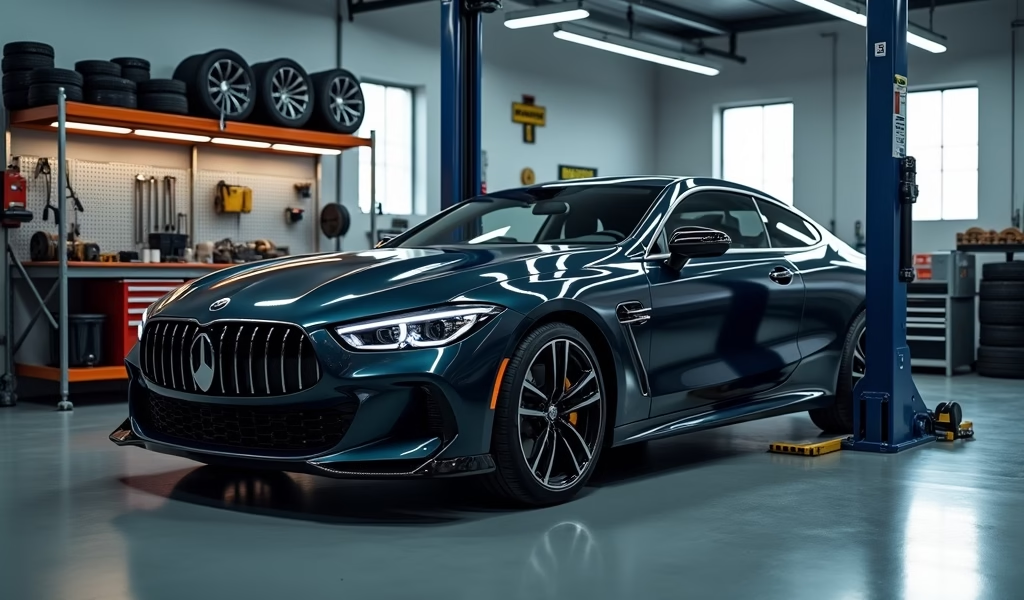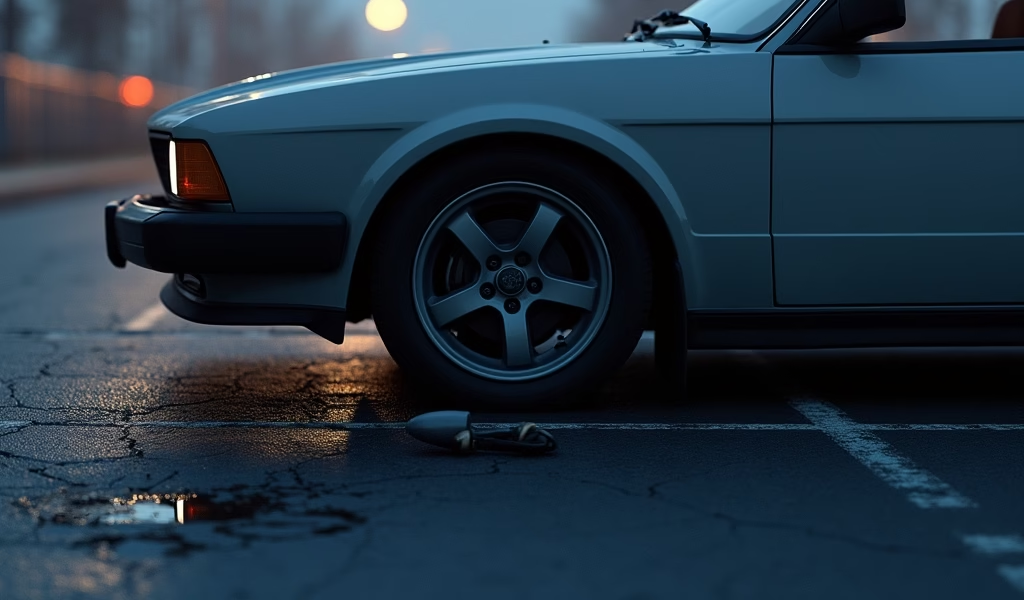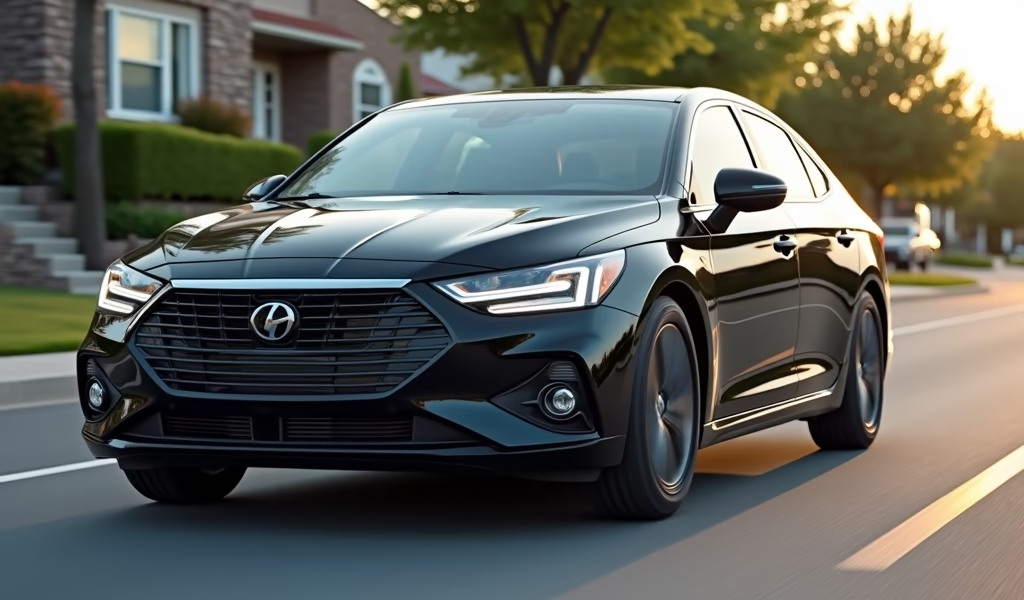Overview
This article compares leasing versus buying vehicles, highlighting that proper maintenance is crucial for both options to avoid excess lease-end charges or preserve resale value. It provides five essential care tips covering regular maintenance, exterior and interior protection, documentation, and end-of-term considerations to help readers make financially sound vehicle decisions.
Table of Contents
- Understanding the Basics: Lease vs Buy
- Financial Implications: What Your Wallet Needs to Know
- Tip 1: Regular Maintenance Is Non-Negotiable
- Tip 2: Exterior Care Makes a Difference
- Tip 3: Interior Protection Strategies
- Tip 4: Documentation Is Your Best Friend
- Tip 5: End-of-Term Considerations
- Conclusion: Making the Right Choice
- Frequently Asked Questions
Understanding the Basics: Lease vs Buy
That shiny new car smell is something special, isn’t it? But before you get caught up in the excitement, you’ve got a big decision to make: should you lease or buy? As a mechanic who’s seen the aftermath of both decisions, I can tell you that this car lease vs buy guide isn’t just about money—it’s about lifestyle, driving habits, and how you care for your vehicles.
When you lease a car, you’re essentially renting it for a set period, usually 2-3 years. You’ll make monthly payments, but you won’t own anything at the end. It’s like a long-term rental with stricter rules.
Buying, on the other hand, means the car is yours—either immediately (if you pay cash) or eventually (when you finish paying off your loan). You’ll build equity, have the freedom to modify it, and can keep it as long as you want.
Both paths have their merits, but what many folks don’t realize is that proper care is crucial regardless of which route you take. The way you maintain your vehicle can save you thousands when leasing and preserve value when buying.
Financial Implications: What Your Wallet Needs to Know
Let’s talk dollars and sense. With leasing, you’ll typically enjoy lower monthly payments—often 20-30% less than financing the same vehicle. You’re only paying for the depreciation during your lease term, plus interest and fees.
When you buy, those monthly payments are higher because you’re paying for the entire vehicle. But once those payments end, you’ll have an asset (albeit a depreciating one) and payment-free driving.
Here’s where most people miss the boat: proper maintenance affects both scenarios financially. For lessees, neglecting care can lead to hefty end-of-lease charges. For buyers, poor maintenance accelerates depreciation and leads to earlier replacement.
According to Consumer Reports, the difference between good and poor maintenance can impact a vehicle’s resale value by as much as 10-15%, regardless of whether you originally leased or purchased.

Tip 1: Regular Maintenance Is Non-Negotiable
I’ve seen it countless times: folks trying to save a buck by skipping regular maintenance, only to face much bigger bills later. Whether you lease or buy, following the manufacturer’s maintenance schedule is your golden ticket to vehicle longevity and value retention.
For leased vehicles, there’s an additional incentive: most lease agreements require you to follow the maintenance schedule. Skip it, and you might face penalties when you return the car. Keep those service records—they’re your proof of compliance.
If you’ve purchased your vehicle, consistent maintenance is your investment in the future. That $50 oil change prevents a $5,000 engine repair. Those $200 brake pads stop you from needing $1,000 rotors later.
Some essential maintenance items for both leased and purchased vehicles:
- Oil changes at manufacturer-specified intervals (not just every 3,000 miles like the old days)
- Tire rotations every 5,000-7,000 miles
- Air filter replacement
- Fluid checks and replacements
- Brake inspections
Pro tip: Find a trusted mechanic or service center rather than bouncing around for the cheapest deal. Building a relationship with someone who knows your vehicle’s history is invaluable, and they’ll often catch potential issues before they become expensive problems.
Tip 2: Exterior Care Makes a Difference
Your car’s paint isn’t just about looks—it’s the first line of defense against corrosion. For lessees, exterior damage beyond “normal wear and tear” can trigger hefty end-of-lease charges. For buyers, a well-maintained exterior preserves resale value.
I’ve seen cars come back from three-year leases looking like they’ve been through a war zone, resulting in thousands in charges. Meanwhile, well-maintained leased vehicles often return with no additional fees whatsoever.
Here’s my exterior care regimen that works for both scenarios:
- Wash your vehicle biweekly, or weekly if you live in harsh environments (coastal areas, regions with road salt)
- Apply a quality wax every three months
- Address chips and scratches promptly to prevent rust
- Park smartly—away from tight spots, trees that drop sap, and birds’ favorite perches
- Consider a paint protection film for the front end if you do a lot of highway driving
The difference between leasing and financing becomes apparent when it comes to repairs: when buying, you decide which exterior issues to fix. When leasing, the leasing company decides what’s “excessive” wear and charges accordingly.
Investing in a good detail before returning a leased vehicle can sometimes save hundreds in wear-and-tear charges. It’s often worth the $150-300 for a professional job.
Tip 3: Interior Protection Strategies
The inside of your vehicle tells a story—make sure it’s a good one. Lease companies inspect interiors thoroughly, and buyers looking at your trade-in will judge its value largely based on cabin condition.
I recommend these interior preservation tactics:
- Install all-weather floor mats (remove and clean regularly)
- Use seat protectors if you have kids or pets
- Apply UV protectant to dashboard and interior surfaces
- Clean spills immediately before they set
- Vacuum regularly, including under seats
For lessees, stains, tears, or excessive wear on interior components often can’t be hidden and will result in charges. The smell of smoke is particularly problematic and can result in significant lease-return penalties.
For buyers, a clean, well-maintained interior can add hundreds or even thousands to your vehicle’s resale value. According to Kelley Blue Book, a clean interior can increase a vehicle’s value by 5-10%.
I’ve seen people forgo $30 seat covers only to face $500 in upholstery cleaning or repair charges at lease-end. Prevention is always cheaper than remedy.

Tip 4: Documentation Is Your Best Friend
Keep records like your financial life depends on it—because when it comes to vehicles, it often does. Whether leasing or buying, proper documentation protects you from disputes and preserves value.
For leased vehicles, maintenance records prove you’ve met your obligations under the lease agreement. Take date-stamped photos of your vehicle at pickup and before return to document its condition. This evidence can save you from unfair wear-and-tear charges.
For purchased vehicles, complete service records can increase resale value by showing potential buyers that the car has been well-maintained. Some luxury manufacturers even call this “provenance,” and it can add significant value.
Create a simple system for tracking:
- Maintenance receipts (digital or physical)
- Repair documentation
- Photos of the vehicle condition at regular intervals
- Fuel economy logs (useful for spotting developing problems)
Pro tip: Many service shops now offer digital service histories. Take advantage of these, but also keep your own backup. A simple folder on your phone with photos of each receipt works wonders.
Tip 5: End-of-Term Considerations
As your lease or loan term approaches its end, specific considerations come into play that can save you serious money. Planning ahead is key here.
For leasing, schedule a pre-inspection about 60-90 days before your lease ends. This gives you time to address any issues that might trigger charges. Minor repairs now often cost less than the penalties later.
Many lease companies provide this pre-inspection service for free. Take advantage of it! They’ll tell you exactly what needs attention before you return the vehicle.
For buyers nearing the end of their loan, consider:
- Whether your vehicle needs major maintenance soon (timing belt, transmission service)
- If those costs make sense given the vehicle’s value
- Whether to trade while the vehicle still has warranty coverage
This is where deciding whether to lease or finance your next car comes into play. If you’ve enjoyed the freedom from major repairs that leasing provides, another lease might make sense. If you’ve loved not having payments after your loan was paid off, buying might be your path again.
Don’t wait until the last minute—evaluate your next move about 6 months before your current term ends to give yourself plenty of options.
Conclusion: Making the Right Choice
The car lease vs buy guide debate ultimately comes down to your personal circumstances, driving habits, and financial priorities. There’s no one-size-fits-all answer, but there are universal truths about vehicle care that apply regardless of your choice.
Regular maintenance, diligent exterior and interior care, thorough documentation, and thoughtful end-of-term planning will serve you well whether you’re returning a leased vehicle or selling your purchased one.
Remember that the best financial decision combines the right acquisition method for your situation with proper care throughout your ownership. A well-maintained leased vehicle can save you hundreds or thousands in end-of-lease charges. A well-maintained purchased vehicle will last longer and command a higher resale price.
In my 25 years as a mechanic, I’ve seen that the most financially savvy vehicle owners aren’t necessarily those who choose one path over another—they’re the ones who take care of their vehicles properly, regardless of how they acquired them.
Now that you’re armed with these five essential care tips, you’re well-equipped to make the lease vs. buy decision based on your needs, and to maximize the value of whichever path you choose. Your future self—and wallet—will thank you.
Frequently Asked Questions
Is it cheaper to lease or buy a car in the long run?
Buying is typically cheaper in the long run if you keep the vehicle for many years after paying it off. Leasing can be more economical if you prefer driving a newer vehicle every few years and don’t want to deal with major repairs.
What happens if I damage a leased car?
You’re responsible for repairs beyond normal wear and tear, which can be charged at lease-end. Getting damage fixed before returning the vehicle often costs less than the penalties assessed by the leasing company.
Can I negotiate a lease like I can when buying?
Yes, you can negotiate the capitalized cost (vehicle price) and sometimes the money factor (interest rate) on a lease. Both elements directly affect your monthly payments.
What’s the biggest advantage of buying instead of leasing?
The biggest advantage is building equity and eventually having payment-free ownership. You also have no mileage restrictions and complete freedom to modify the vehicle as you wish.
Is leasing better if I use my car for business?
Leasing often provides tax advantages for business use since payments may be fully deductible as a business expense. Consult with a tax professional regarding your specific situation for personalized advice.

